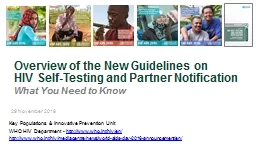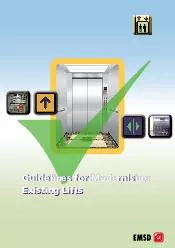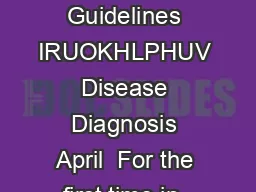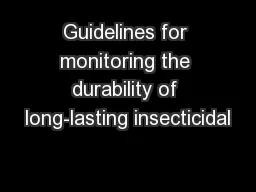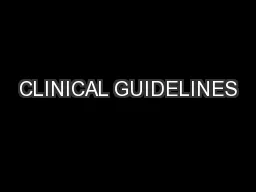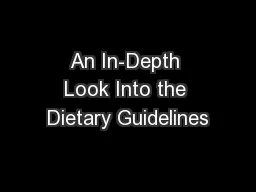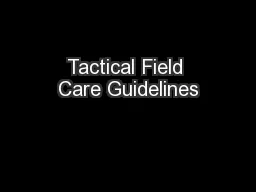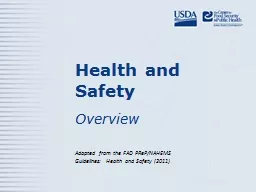PPT-Overview of the New Guidelines on
Author : pamella-moone | Published Date : 2018-03-14
HIV SelfTesting and Partner Notification What You Need to Know Key Populations amp Innovative Prevention Unit WHO HIV Department httpwwwwhointhiven httpwwwwhointhivmediacentrenewsworldaidsday2016announcementen
Presentation Embed Code
Download Presentation
Download Presentation The PPT/PDF document "Overview of the New Guidelines on" is the property of its rightful owner. Permission is granted to download and print the materials on this website for personal, non-commercial use only, and to display it on your personal computer provided you do not modify the materials and that you retain all copyright notices contained in the materials. By downloading content from our website, you accept the terms of this agreement.
Overview of the New Guidelines on: Transcript
Download Rules Of Document
"Overview of the New Guidelines on"The content belongs to its owner. You may download and print it for personal use, without modification, and keep all copyright notices. By downloading, you agree to these terms.
Related Documents

